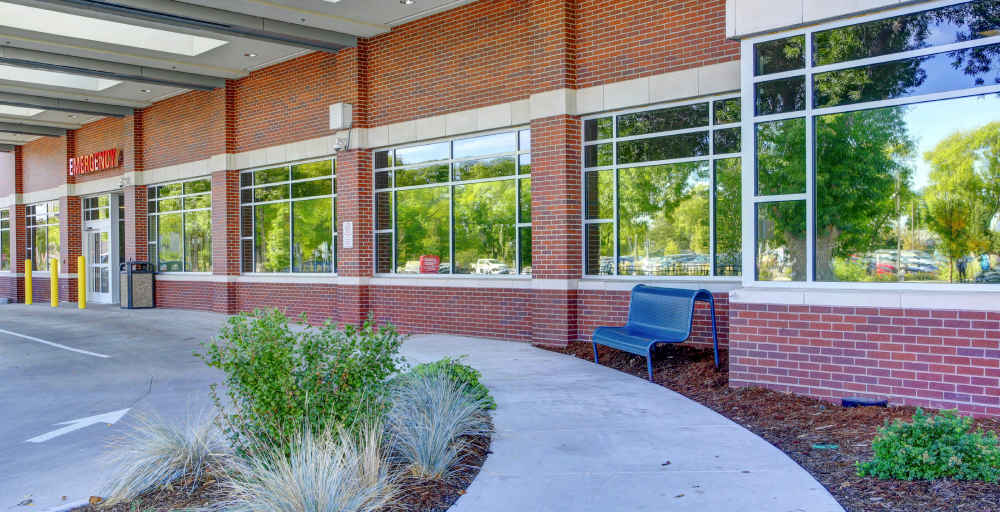High-Performance Fenestration Gives Health Care a Clear Advantage
Health care continues to present a growing market for fenestration and glazing systems that meet high-performance needs.

In 2023, 41% of hospitals invested in, upgraded or improved their building envelope according to American Society of Health Care Engineers’ Hospital Construction Survey. Of hospitals’ capital budgets allocated to construction projects, 30% was designated for new construction and 30% for facility renovation, the 2024 survey reported.
Fenestration systems used in health care facilities
Every fenestration system type has a place in health care facilities.
- Curtain wall and window wall. Showcased on taller buildings, curtain wall and window wall are ideal for hospitals, university research centers, medical offices and clinics. They also provide a clean, modern look for renovation and expansion projects.
- Storefront and entrances. In addition to low- to mid-rise buildings, storefront is used on tall buildings’ lower levels. Storefront and entrance systems are paired together and can be engineered as an integrated system for smooth installation.
- Windows. For patient rooms, hospice care, waiting areas, doctors’ offices and break rooms, exterior-facing windows provide an individual viewport with access to daylight. Additionally, operable windows allow fresh air.
- Interior framing systems. Interior windows and framing systems are used in health care facilities to track patients’ recovery with minimal disruption, to allow visitors a look into the nursery, to observe surgeries and research procedures, and to monitor visitors and hallway traffic. They also can be installed as partitions at check-in counters, prescription pick-ups, patient consultation areas and between workspaces.
Control and comfort

The healing benefits of daylight and views are well documented as contributing to faster recovery, less pain medication and overall wellness. Patients’ control of their surroundings is an important aspect of achieving these benefits. Sitting in a hospital bed, we want the option to close the blinds or invite in the sun when it suits us.
We also expect to have calm, quiet rooms. Fenestration systems with high acoustic performance are important for creating spaces where we can sleep, heal and recover.
Safety and security glazing protect patients and staff
Supporting facilities that promote healing and wellness, the glazing industry is uniquely qualified to provide systems that help protect patients, doctors, nurses and staff. At street-level, secure storefront and entrances may require ballistic or blast hazard mitigating systems. This is common for emergency rooms, urgent care centers and medical buildings with drive-up drop-offs.
Specialty care facilities, such as behavioral care and psychiatric centers, must address concerns for protecting patients from themselves. Windows and fenestration systems for these spaces should comply with human-impact resistant requirements and related design practices.
Impact-resistant laminated glazing and fenestration systems provides protection from windborne debris in natural hazards, such as hurricanes, tornados and high wind events. Critical care facilities’ resilience is essential during natural disasters and emergency situations.
In climates with ice and snow, thermal performance keeps the cold outside. Keeping out unwanted heat in climates with soaring temperatures also is cause for ensuring fenestration systems with high thermal performance.
In all climates and conditions, high-performance fenestration and glazing systems give health care facilities a clear advantage.



